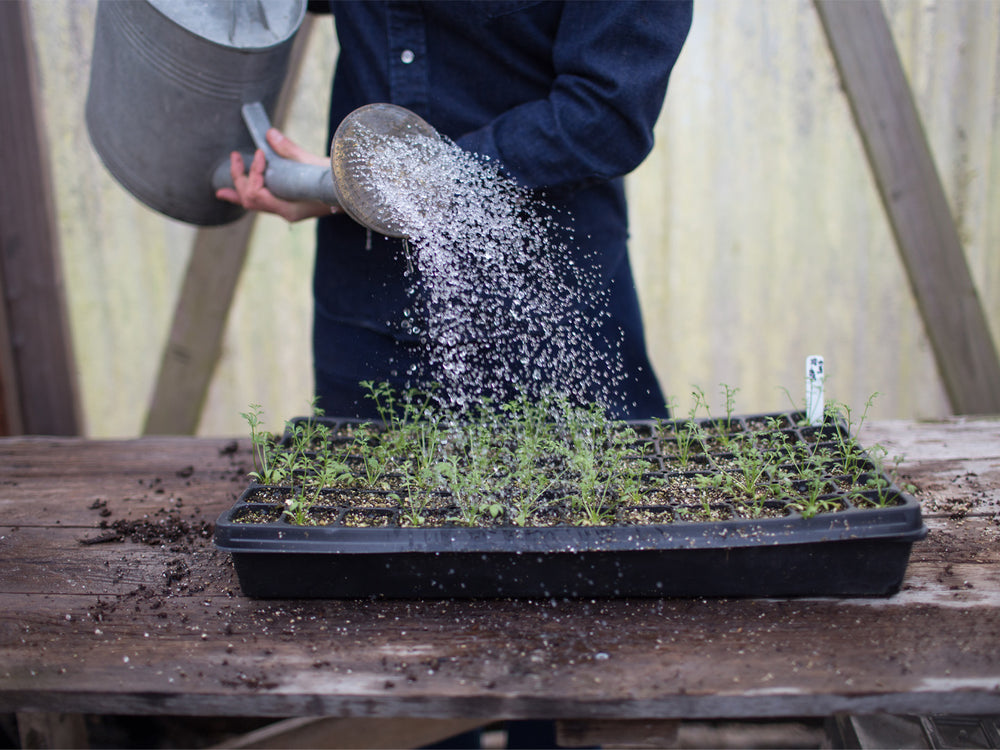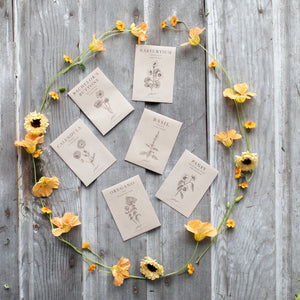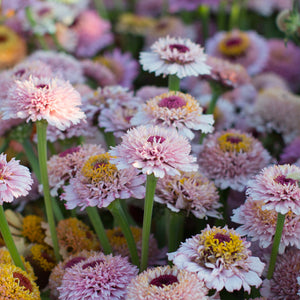
Ornamental Squash ‘Winter Luxury’
Cucurbita pepo
Description
This heirloom variety is perfectly round and extremely uniform. Rinds are a lovely muted orange with a lacy white texture. One of the tastiest varieties you can grow for baking and cooking.
Details
Spread: 6 to 8 ft
Site: full sun
Days to maturity: 105 days
Plant spacing: 18 to 36 in
Pinch: not necessary
Seed Sowing & Growing Notes
Sow seed indoors 3 weeks before last frost. Plant 2 seeds per 4-in pot and transplant them outside after all danger of frost has passed. Seeds can also be direct-sown into the garden after all danger of frost has passed.
Harvesting/Vase Life
Details
Description
This heirloom variety is perfectly round and extremely uniform. Rinds are a lovely muted orange with a lacy white texture. One of the tastiest varieties you can grow for baking and cooking.
Details
Spread: 6 to 8 ft
Site: full sun
Days to maturity: 105 days
Plant spacing: 18 to 36 in
Pinch: not necessary
Seed Sowing & Growing Notes
Sow seed indoors 3 weeks before last frost. Plant 2 seeds per 4-in pot and transplant them outside after all danger of frost has passed. Seeds can also be direct-sown into the garden after all danger of frost has passed.
Harvesting/Vase Life
Sources
How to Grow
How to Grow

Winter Mini Course: Seed-Starting 101
Learn how to start flowers from seed in this three-part video series
In our Winter Mini Course, you’ll learn everything you need to know to successfully start flowers from seed, including all of the necessary supplies, step-by-step instructions, special tips and tricks, and how to create a simple indoor seed-starting area.




